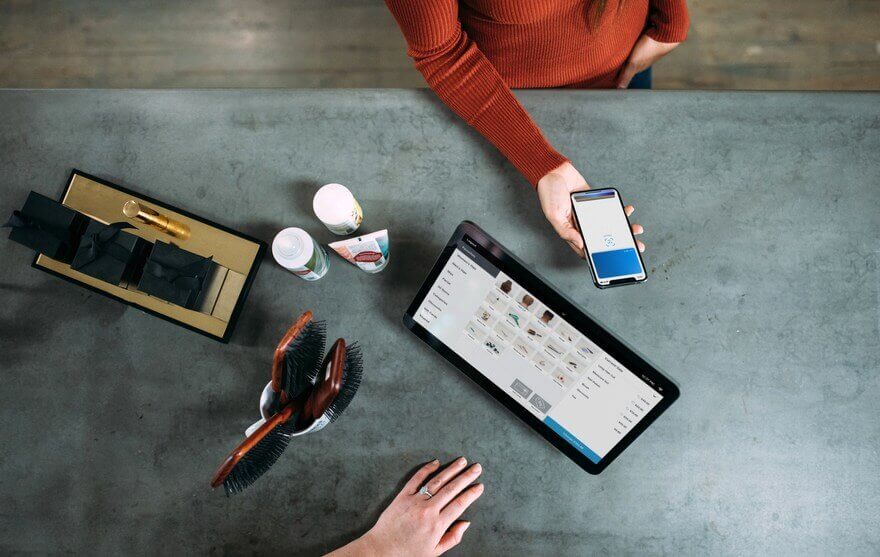Last Updated on January 9, 2025
When most people think of accountants, the first thought that springs to mind is usually that of ‘number crunchers.’ These are the people that know how to manage finances, keeping profit columns on a spreadsheet favourable and the loss columns negligible at worst, and zero at best.
Traditionally, these professionals toil away hour upon hour, sat at a desk, calculator in hand, meticulously calculating the best ways for businesses to be productive and successful. These days, they’re more likely to start up their computer and open Sage One, Quickbooks or Xero.
Next Level Accounting Savings with Receipt OCR Tech
Arguably, the diligence traditional accounting encompassed is best exemplified in the calculating receipt expenses. Twenty years ago, an accountant’s office may have flooded with tens, or even hundreds, of little pieces of paper, each as important as the last. If just one became lost, the repercussions could be significant. Fortunately, today they can use a mobile OCR receipt scanner to save time – and eradicate mistakes being made.
Structured Documentation and Optical Character Recognition
Documents like cheques always follow a static layout. Key data will always be found in the same place. This standard format is perfectly suited to OCR technology. Data can be easily identified, allowing accountants to sort and calculate expenditure with a high degree of accuracy.
The efficient and easy-to-use point and shoot process of categorising cheque data will save a wealth of time. Accountants don’t have to work their fingers to the bone, whilst maintaining a high-level of concentration for hours at a time. All they need to do is whip out their mobile phone and snap a picture – providing that they have an OCR receipt app.
The design of cheques is tailor makes them tailor-made for OCR technology. OCR knows exactly what to look for, and where to look for it. Cheques alone use the same block-like font which is based on magnetic reader technology. This makes it a cinch for an OCR receipt scanner to identify relevant data, making accountant’s lives so much easier.
Unstructured Documents and Optical Character Recognition
Those documents that feature diverse formatting are classified as unstructured documents. Common examples are receipts and bills. The design variation does make it slightly more difficult for an OCR receipt scanner to interpret the data, yet with the technology evolving more and more over time, the accuracy is improving with each passing quarter – and commercial titans know this.
As clear evidence of the potential of OCR receipt technology, both Google and Microsoft have invested heavily in receipt scanning technology and the global marketplace is beginning to see the fruition of concerted OCR investment and development.
For instance, Google Translate allows users to take a picture of foreign text, such as a menu or road sign and receive instant translation on the spot. Even Oxford University is getting in on the act by releasing a series of publications and invited students, alumni and the general public to see if they can read words in non-standard fonts and handwritten text and interpret the text much like our brains do.
It seems only a matter of time before accountants use OCR receipt scanning technology consistently in their daily working lives. It’s estimated that, now, the technology is accurate up to 90% of the time. Now you may think, ‘well, it’s not 100%, so why would I trust it?’ Well, 90% accuracy is already highly impressive! It’s surely only a matter of time before the technology becomes an integral part of the accounting profession.





